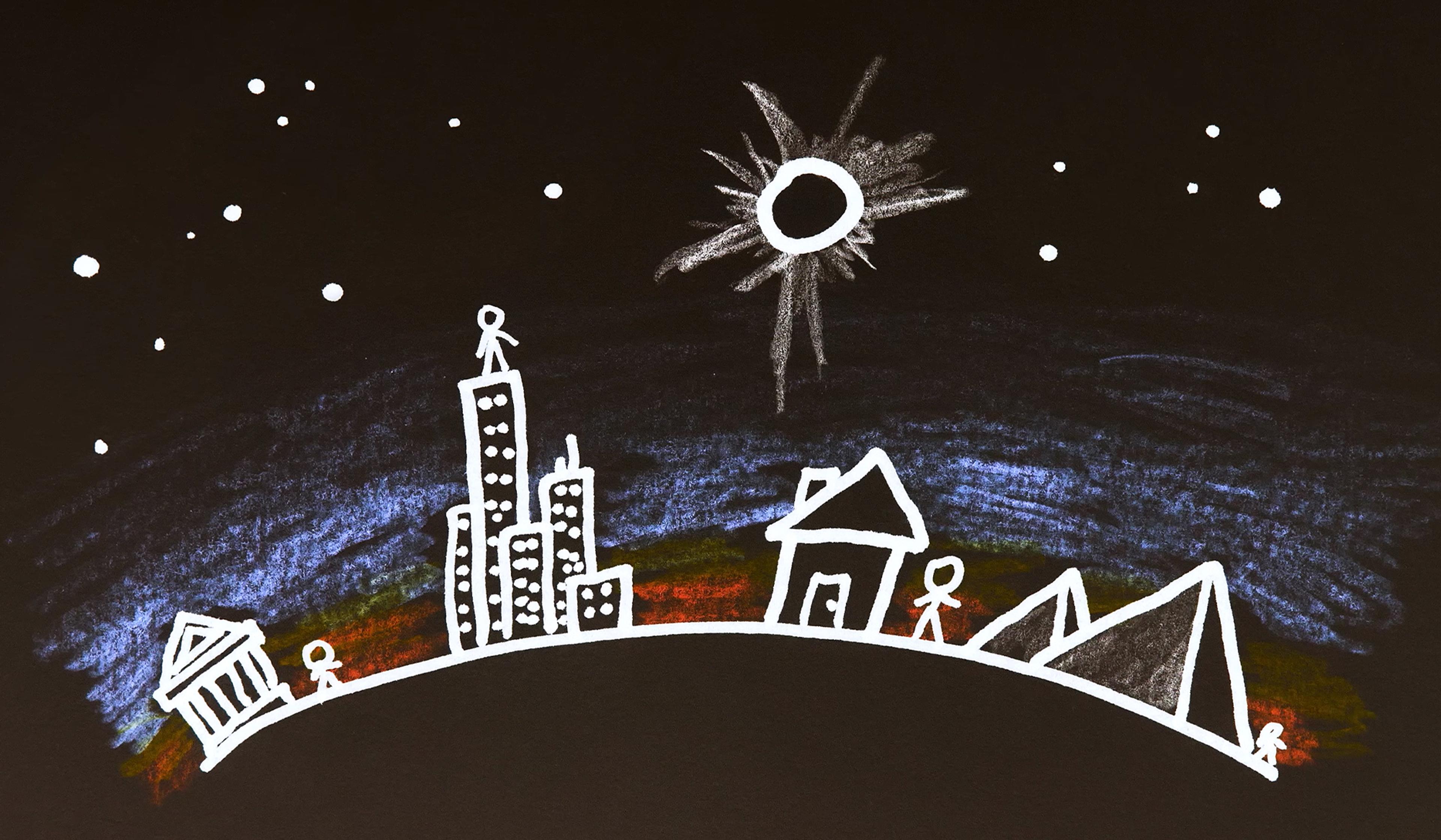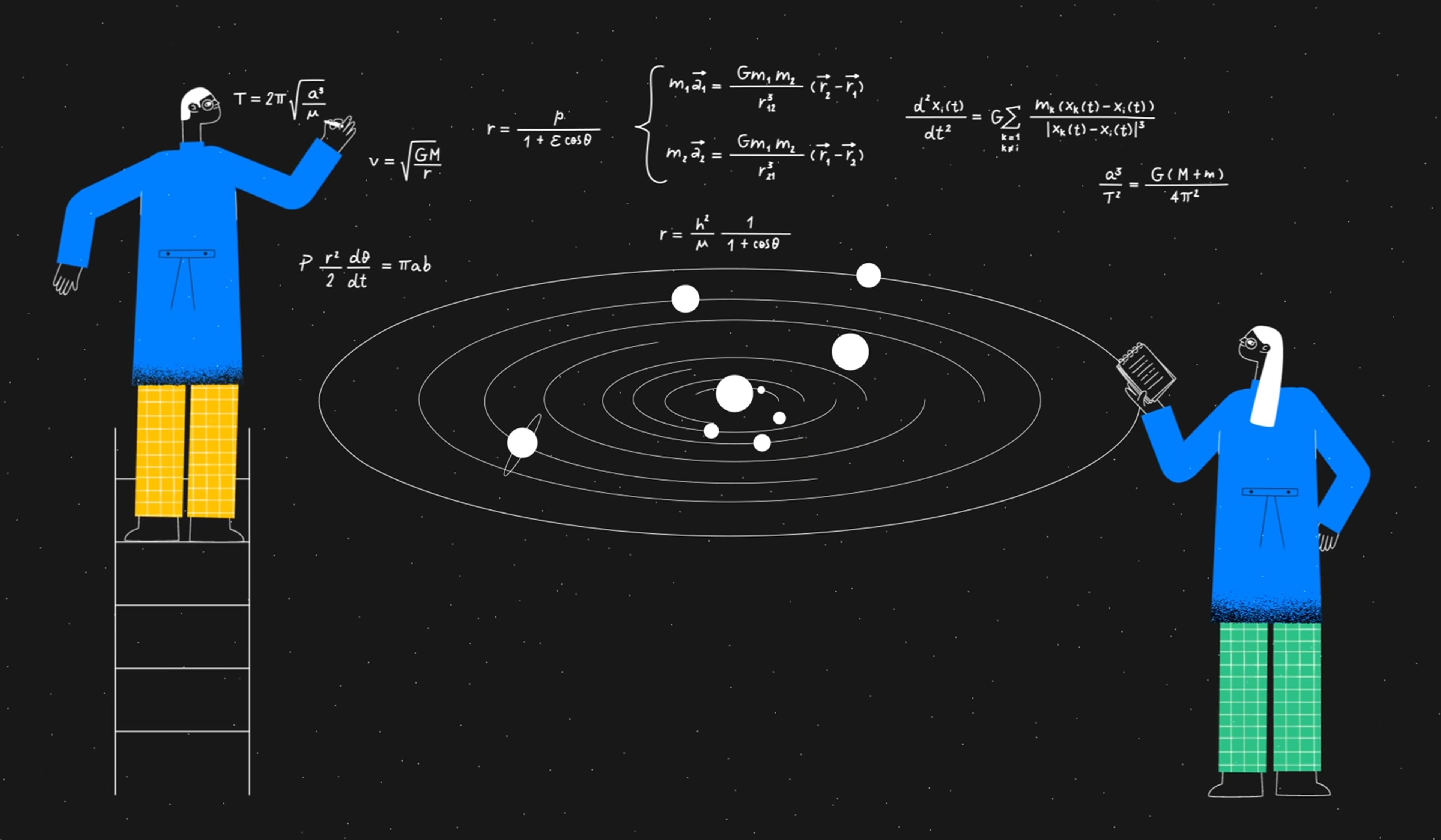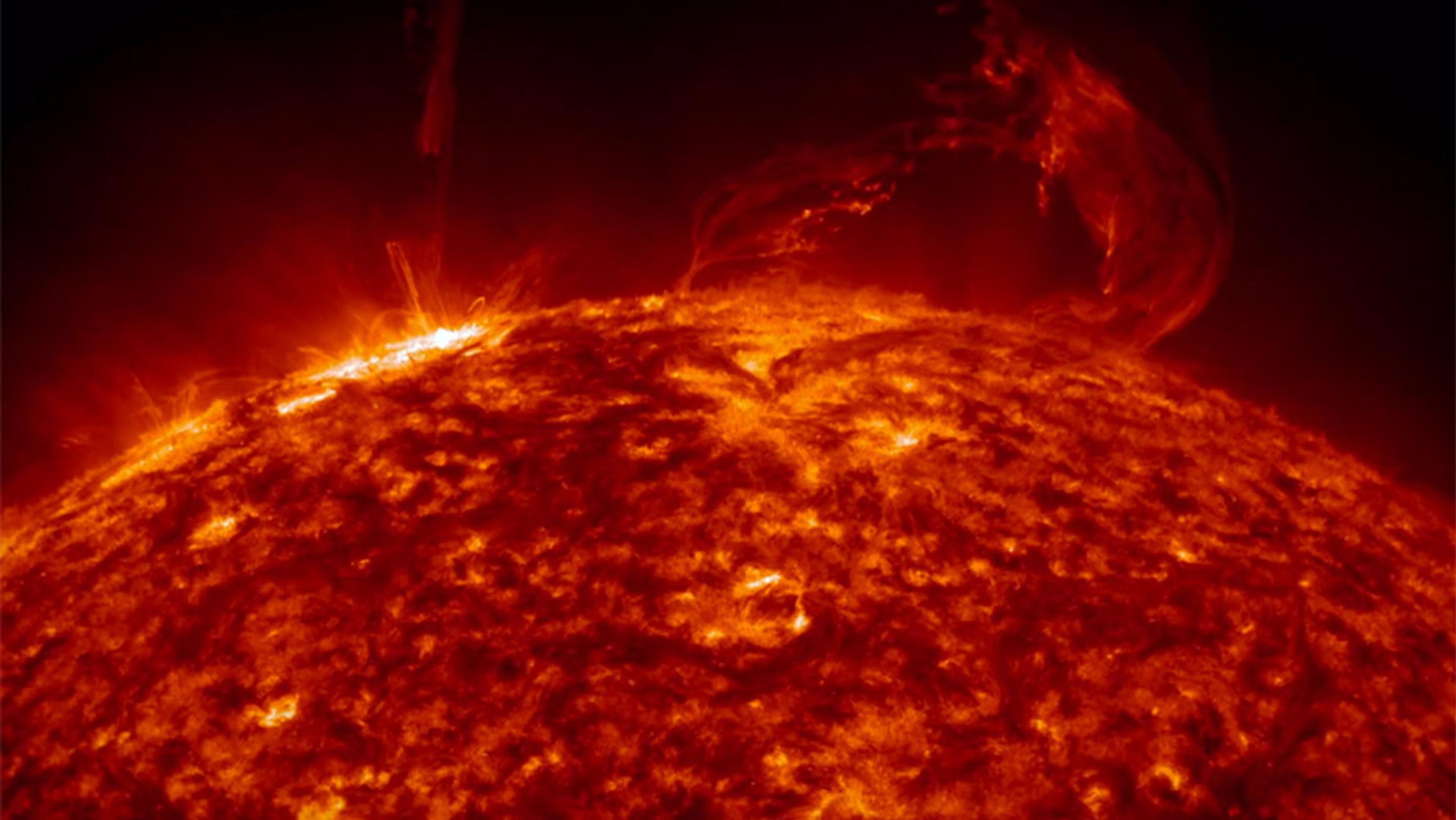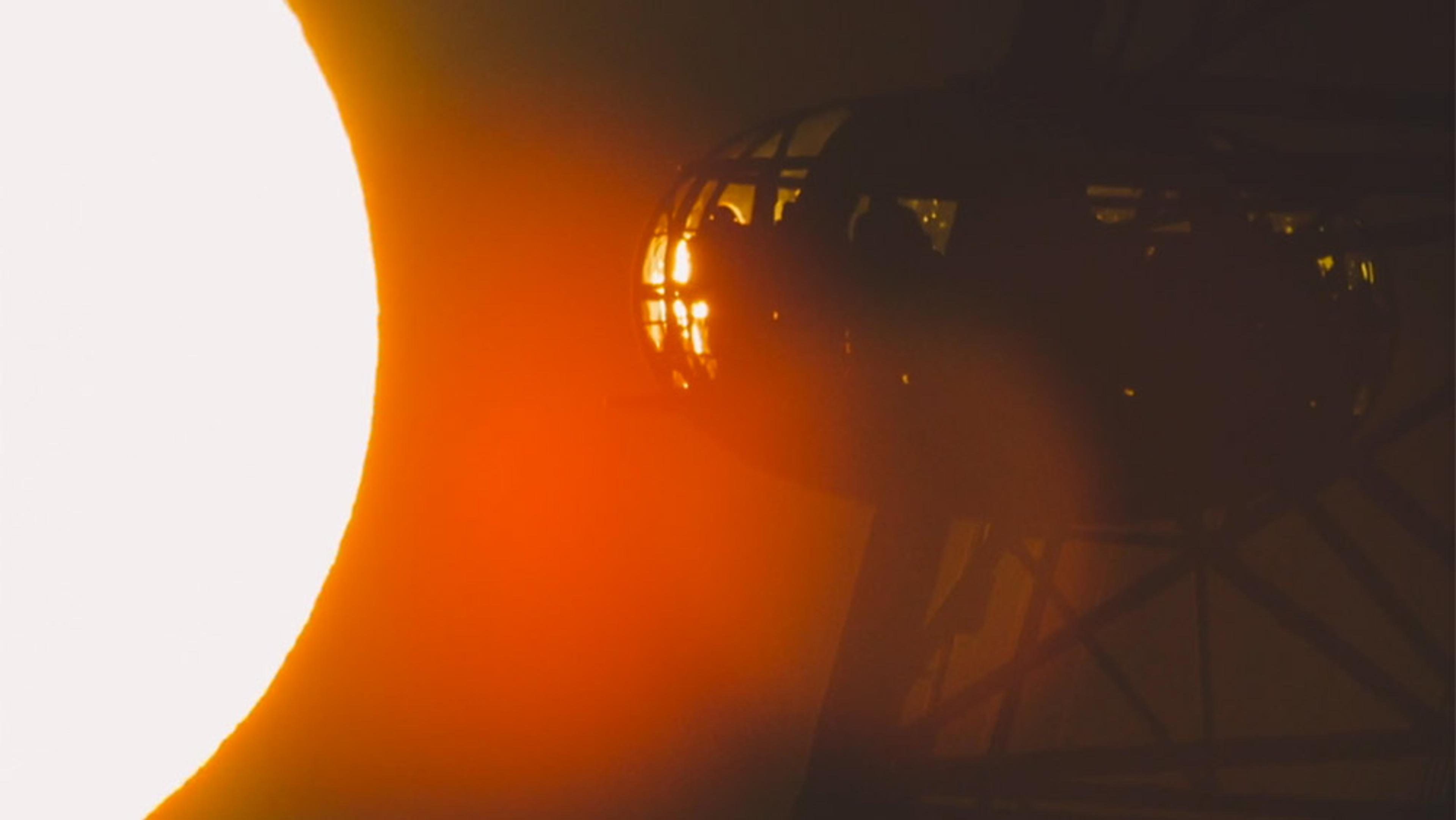Although Mercury orbits the Sun once every 88 Earth days, the three bodies align only about 13 times a century due to the planets’ relative orbital planes. One such ‘Mercury transit’ occurred on 11 November 2019. This short video highlights the rare event as recorded by NASA’s Solar Dynamics Observatory in a variety of ultraviolet light wavelengths. The resulting celestial spectacle demonstrates the vast size differences between the Sun and its nearest-orbiting planet to awesome effect. For NASA, however, the observation is more than just public outreach eye candy: scientists use these events to help understand the gravitational interactions of planets and stars in hopes of discovering planets outside our solar system.
Watch the rare, awesome spectacle as Mercury passes between the Earth and Sun
Video by NASA’s Goddard Space Flight Center
Producer: Genna Duberstein

videoPhysics
Why the golden age of total solar eclipses is already behind us
5 minutes

videoAstronomy
Close encounters of a different kind – what if Venus, Neptune or Saturn hovered close by?
2 minutes

videoAstronomy
From zero to 5,000 – music and visuals express 30 years of exoplanet discoveries
1 minute

videoPhysics
A millimetre makes a world of difference when calculating planetary trajectories
6 minutes

videoPhysics
To change the way you see the Moon, view it from the Sun’s perspective
5 minutes

videoAstronomy
Let the Sun’s invisible solar winds wash over you in ultra high-definition video
30 minutes

videoCosmology
The Sun – our steady, reliable companion – tells a very different story up close
4 minutes

videoThe environment
The rare celestial events that briefly made the British capital a city of otherworldly wonders
3 minutes

videoPhysics
The rhythms of a star system inspire a pianist’s transfixing performance
5 minutes